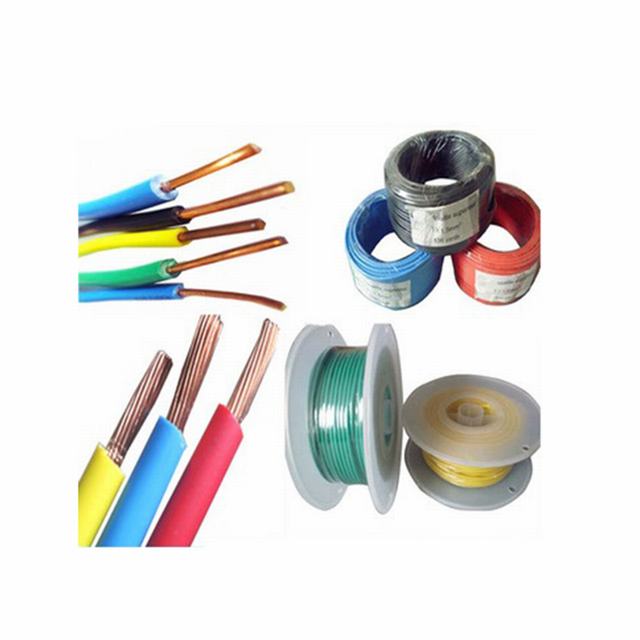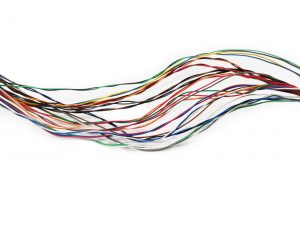In the realm of modern technology and communication, cables serve as the unsung heroes that facilitate seamless connectivity across various devices and systems. Understanding the different types of cables and their applications is crucial for optimizing performance and efficiency in today's interconnected world. In this article, we delve into the four most commonly used cables that play a pivotal role in enabling data transfer, power delivery, and signal transmission.
- Ethernet Cable:
- Ethernet cables are the cornerstone of wired network connections, providing reliable and high-speed data transmission between devices such as computers, routers, and switches.
- These cables utilize twisted pairs of copper wires to minimize interference and ensure stable connectivity, making them ideal for both home and enterprise networking environments.
- With variations such as Cat5e, Cat6, and Cat7 offering increasing bandwidth and performance capabilities, Ethernet cables remain essential for establishing robust local area networks (LANs) and internet connections.
- USB Cable:
- Universal Serial Bus (USB) cables are ubiquitous in the realm of consumer electronics, serving as the go-to solution for connecting devices like smartphones, tablets, printers, and external storage drives.
- USB cables come in various shapes and sizes, with different versions such as USB-A, USB-C, and Micro-USB catering to diverse connectivity needs and data transfer speeds.
- The versatility and convenience of USB cables have made them a standard interface for charging devices, transferring files, and connecting peripherals, bridging the gap between different gadgets and platforms.
- HDMI Cable:
- High-Definition Multimedia Interface (HDMI) cables have revolutionized the audiovisual industry by enabling the transmission of high-quality audio and video signals between devices like TVs, monitors, projectors, and gaming consoles.
- HDMI cables support high-definition resolutions and multi-channel audio formats, delivering immersive entertainment experiences with minimal signal degradation.
- As the preferred choice for connecting multimedia devices, HDMI cables have become indispensable for home theaters, gaming setups, and professional audiovisual installations, ensuring seamless connectivity and superior audiovisual performance.
- Power Cable:
- Power cables are the lifelines that supply electrical power to a wide range of devices and equipment, from computers and appliances to industrial machinery and infrastructure.
- These cables vary in design and specifications based on voltage requirements, current capacity, and safety standards, ensuring safe and efficient power delivery to different types of devices.
- Whether it's a standard AC power cord for household appliances or specialized power cables for industrial applications, the reliability and safety of power cables are paramount for maintaining uninterrupted power supply and preventing electrical hazards.
In conclusion, the world of connectivity relies heavily on the versatility and reliability of cables, with Ethernet, USB, HDMI, and power cables standing out as the four pillars of modern communication and technology infrastructure. By understanding the unique characteristics and applications of these commonly used cables, individuals and organizations can harness the power of seamless connectivity and efficient data transfer in today's digital landscape.




+ There are no comments
Add yours